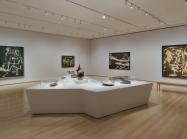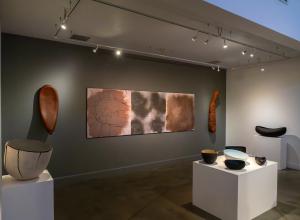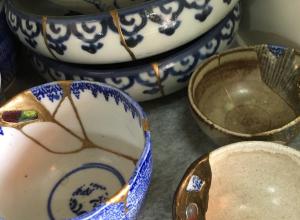Call it a testament to his genius, but Leonardo da Vinci has an incredible knack for staying in the headlines for someone 500 years deceased. Last week marked the 500th anniversary of his death, and while exhibitions around the world are celebrating his life and works, controversial discoveries are popping up at an incredible rate. The Louvre is planning for record-breaking crowds at their da Vinci exhibition, opening in October. Before that, they’ll have to resolve conflicts with the Italian cultural minister, who is denying that he agreed to loan the Louvre da Vinci works from the Gallerie dell’Accademia and the Royal Library in Turin. Though an Italian Renaissance master, da Vinci died and was buried in France, and his most famous painting, the Mona Lisa, calls Paris home. Italians appear to resent the French dominating celebrations of their favorite son, and are seeking to bring the party back to Italy.
This week scholars at the Museo Ideale Leonardo da Vinci, in the artist’s Tuscan birthplace of Vinci, announced their intention to test the DNA of the da Vinci relics in their collection. The museum put a lock of hair and bronze ring allegedly gathered from his tomb on display this month. Though many scholars doubt the authenticity of the lock of hair, the museum intends to compare its DNA to that of the living descendants of da Vinci’s half-brother, Domenico, as well as other remains from the family graveyard.





























